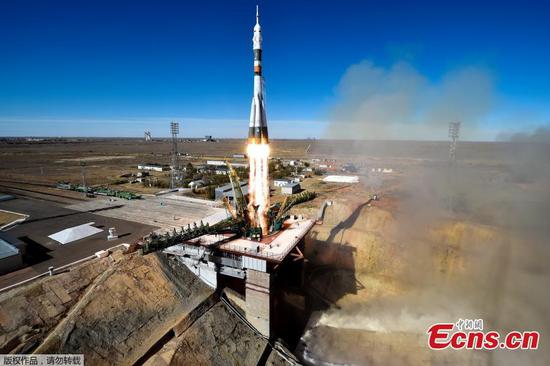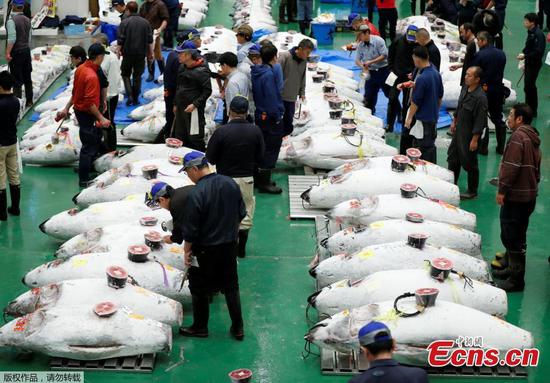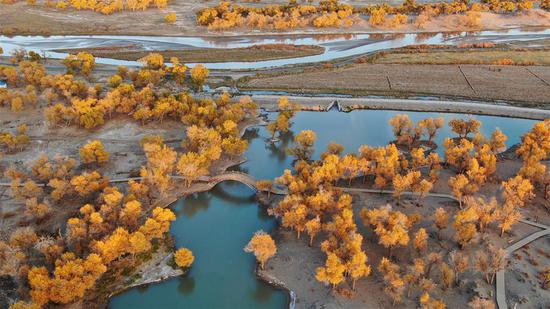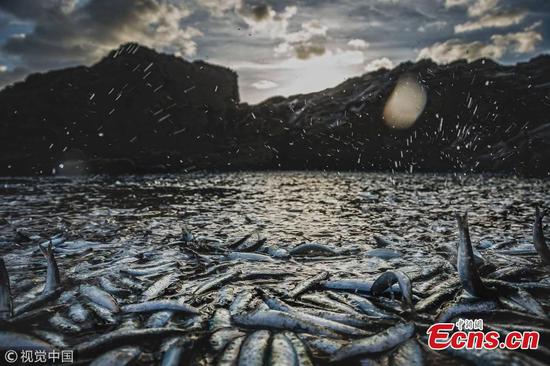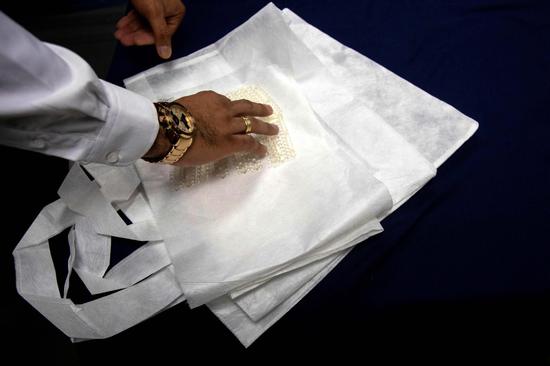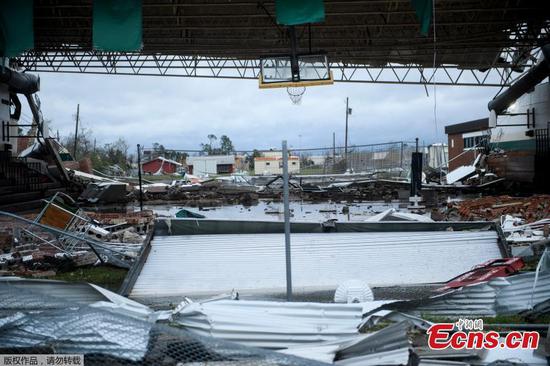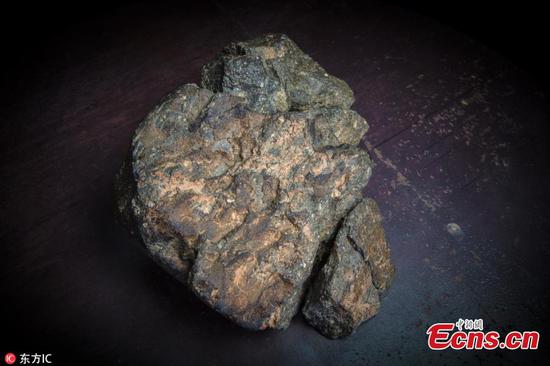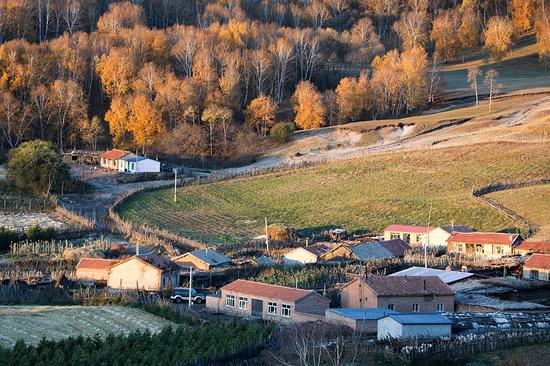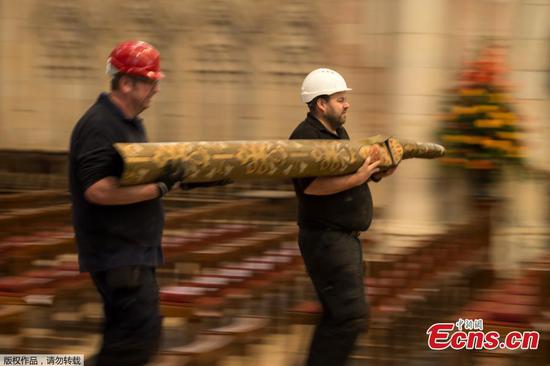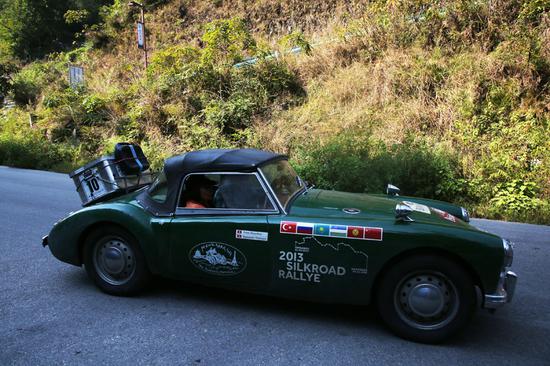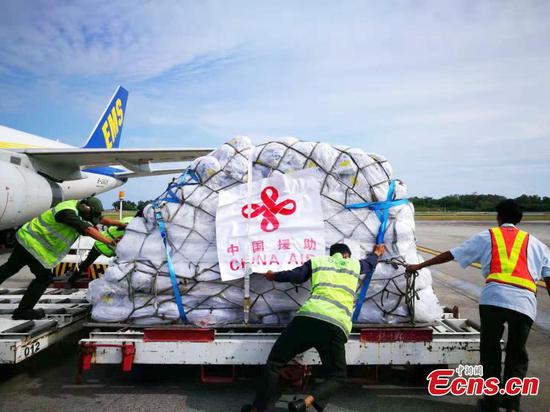At least seven people were killed in Florida, Georgia and North Carolina from falling trees and other hurricane-related incidents, after Hurricane Michael tore apart Florida towns on Wednesday, according to state officials.
Michael smashed into Florida's northwest coast near the small town of Mexico Beach on Wednesday as a Category 4 storm with maximum sustained winds of 155 mph, making it the strongest storm to make landfall in the continental US since Hurricane Andrew in 1992.
Florida Governor Rick Scott described the aftermath caused by Michael as "unbelievable devastation" with houses razed by storm surge and more than 400,000 homes and businesses in Florida left without electricity.
"When the water came in houses started floating," said a Mexico Beach resident who described the impact of the storm surge to local media.
"We had furniture in our houses that wasn't even our furniture. The surge had brought stuff in. There's nothing left here anymore," he said of the town.
Life-threatening flash flooding and damaging winds are ongoing across portions of North Carolina and Virginia through Thursday evening before Michael heads off the Atlantic Ocean, according to US National Hurricane Center.
US President Donald Trump pledged to help storm victims. "Our hearts are with the thousands who have sustained property damage, in many cases entirely wiped out," Trumps said. "We will not rest or waver until the job is done and the recovery is complete."
The US Army said more than 2,000 Florida National Guard soldiers were working on the recovery operations.









